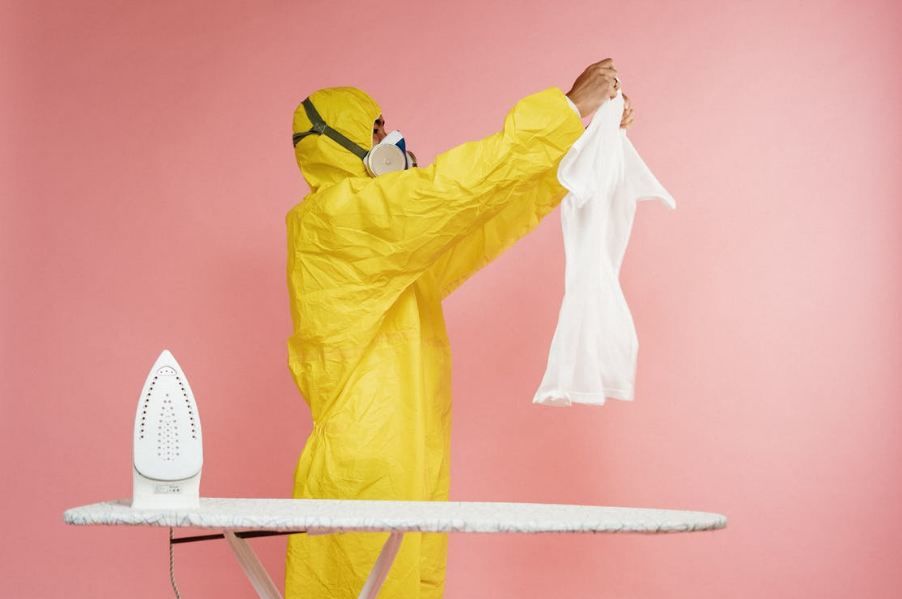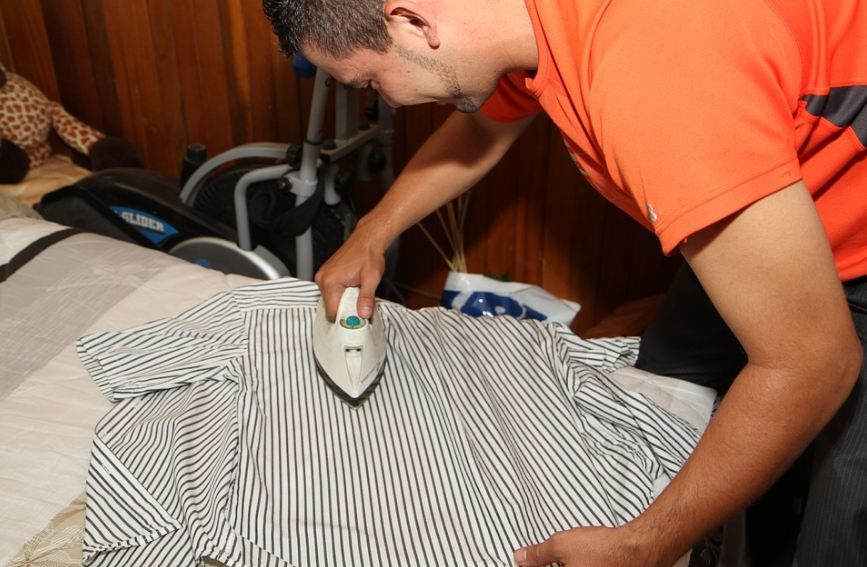If the most popular extreme sports aren’t unusual enough, then you should check out extreme ironing, wherein the goal is for the competitors to find the most dangerous and bizarre places where they iron their clothes. Originally conceived in England, extreme ironing was once an obscure sport that only a few British people knew about, but since the late 1990s, it has become an international sport that is played by people of different ethnicities and cultures. What are the rules in playing extreme ironing? And is it actually considered a sport? These will be answered as we take a look at the history of extreme ironing, from its humble beginnings to its rise in popularity.
History
Extreme ironing was invented in 1980 by a man named Tony Hiam, who lived near the Yorkshire Dales National Park in England. The sport he invented was inspired by his brother in law by the name of John Slater, who is known by Tony and his family to iron clothes even in places or events where he doesn’t need to. One day, Tony saw his brother John Slater ironing clothes even while camping in a tent, and the absurdity of ironing unnecessarily has led him to create an extreme sport where you would have to iron clothes in more bizarre places.
From 1981 to 1990, Tony Hiam would always bring with him an iron and an ironing board during his travels around the world, as he believed that the opportunity to capture or record a moment where he is ironing clothes in an unusual location is everywhere. During his run, Hiam was able to perform extreme ironing in crowded airports, on top of telephone posts, and at the edge of mountain-lookouts. Hiam also loved the thrill of making people in those locations take a second glance at him to fully grasp what they just saw.
Although Hiam was the one that actually invented the sport, many people who got into extreme ironing in the late 90s believe that it was invented in 1997 by Phil Shaw of Leicester, England. According to Shaw, he loves doing extreme sports, but some of the things that he hated doing most are house chores. One night, after going home to work from a knitwear factory, Shaw realized that he had so many house chores to do, including ironing his clothes. Wanting to also go rock climbing that night, Shaw just brought his clothes, as well as an iron and an ironing board, outside so that he could do rock climbing and ironing at the same time. The multitasking that he did eventually evolved into an extreme sport that he also spearheaded in England.
Shaw then began promoting the sport in June 1999 by using the nickname “Steam,” which he got from the steam coming out of an iron, and touring around the world to find extreme places where he could iron clothes. During the tour, Shaw was able to visit different countries, including Australia, New Zealand, South Africa, Fiji, and the United States. It was also on the same tour where he met several German tourists who were interested in doing extreme ironing. These tourists then formed the group “Extreme Ironing International,” and when other tourists and fans joined the group, the founders created a sector called the “German Extreme Ironing Section (GEIS).”
As more and more competitors joined in doing extreme ironing, the stunts became even more extreme and dangerous. In addition, branches of extreme ironing were also invented, and one of the most popular ones is bungee ironing.
Extreme ironing got even more popular when Channel 4, a well-known TV station in Britain, released a documentary about the sport titled “Extreme Ironing: Pressing for Victory.” In the documentary, the crew followed the journey of the British extreme ironing team as they win the Bronze and Gold medals for the 1st Extreme Ironing World Championships in 2002. The documentary also showed the rivalry between the Extreme Ironing Bureau (EIB), who is responsible for making extreme ironing popular in Britain, and Urban Housework, a group of athletes that are trying to do an extreme sport that centers around vacuum-cleaning.
Since then, extreme ironing was then considered a sport where athletes can break world records. One of the first world record for extreme ironing happened in 2003, when climbers John Roberts, Ben Gibbons, and Christopher Allan Jowsey ironed a Union Jack or Union Flag above the Everest Base Camp, which was located 5,440 meters. It is still currently the world record for the highest altitude where extreme ironing is done.
The second world record for the most number of people ironing clothes underwater was recorded on January 10, 2009, by 86 divers who ironed clothes within a 10-minute period. The underwater ironing event was held at the National Diving and Activity Center (NDAC), which is located in Monmouthshire, Wales. This world recorded was broken on March 28, 2011, by a diving club in the Netherlands called De Waterman. The club was able to gather 173 divers to iron clothes underwater.



